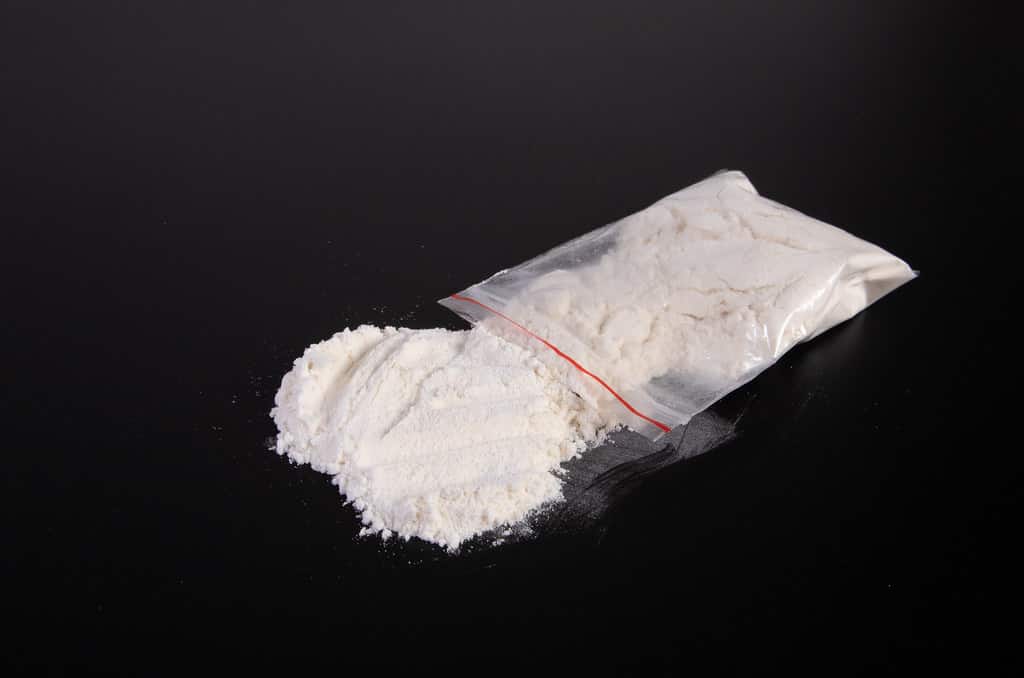“Patients with destructive nasal lesions, especially young patients, should have urine toxicology performed for cocaine before diagnosing GPA and considering immunosuppressive therapy,” the researchers write in the study.

Cocaine is a powerfully addictive stimulant that directly affects the brain, and its use is more common than you think. Around 1 in 40 British adults under 60 use cocaine at least once a year; in the US, the figure is around 1 in 50 for those over 12.
In addition to the common problems that cocaine causes, researchers have found another problem associated with it: it can make diagnosing a rare disease harder.
Idiopathic Granulomatosis With Polyangiitis (commonly called GPA and formerly known as Wegener’s granulomatosis), affects around 3 people in every 100,000. It’s a pretty rare disease that affects small and medium-sized blood vessels from the entire body, but especially in the respiratory tract and kidneys. Without treatment, the condition can be fatal but modern therapies offer good ways of keeping the condition under control, at least in most cases. But diagnosing the condition isn’t easy.
The general symptoms of the disease include things like tiredness, high temperature and muscle weakness, and when the disease affects the nose, it can cause nosebleeds and a blocked or running nose. Which are also things that cocaine can do.
Cocaine is an addictive drug that’s most commonly used by inhaling through the nose and affects the body in a number of ways. For starters, it can cause lesions in the nose that resemble those from GPA, but it can also trigger the production of several types of antibodies that closely resemble the antibodies associated with GPA. Furthermore, some of the most common treatments for GPA can be dangerous for people taking cocaine.
With this in mind, researchers performed a retrospective review of patients who visited vasculitis clinics for treatment at the Queen Elizabeth Hospital in Birmingham, UK, and the Royal Free Hospital, in London. They zoomed in on 42 patients and found that a whopping 86% of the samples these patients provided tested positive for cocaine — including 9 patients who denied ever taking cocaine and 11 patients who stated they were ex-users but had stopped. The researchers also found that for 10 of the patients who had been diagnosed with GPA, the problems still persisted after treatment.
While this is a rare disease, the fact that it can so easily be misdiagnosed because of cocaine poses major challenges for clinicians, the study authors say. In particular, immunosuppressive drugs. These drugs are commonly administered in patients diagnosed with GPA, but they are not only ineffective if cocaine use continues, they even increase the risk of significant adverse effects such as infection.
“This is an important paper that has changed our practice,” said Aine Burns, one of the paper’s authors. “We now include urine samples for drugs of abuse in our initial investigations of patients with GPA and in those who appear not to be responding to treatment. Sadly, we have seen young people with life-changing disfigurement because of cocaine-induced granulomatosis with polyangiitis. A better understanding of this condition prevents us from potentially harming patients further by administering inappropriate, potentially toxic, and futile treatments. There needs to be heightened awareness of this complication of cocaine use amongst users, the public, and healthcare professionals.”
In the case of suspected patients that are indeed using cocaine, treatment should focus on cocaine abstinence rather than immunosuppression, the researchers add.
“Treatment should be focused on cocaine cessation and conservative management in the first instance in the absence of organ-threatening disease,” the study concludes.
The study, “Cocaine-induced granulomatosis with polyangiitis – an under-recognized condition,” is available athttps://academic.oup.com/rheumap/article-lookup/doi/10.1093/rap/rkad027.






